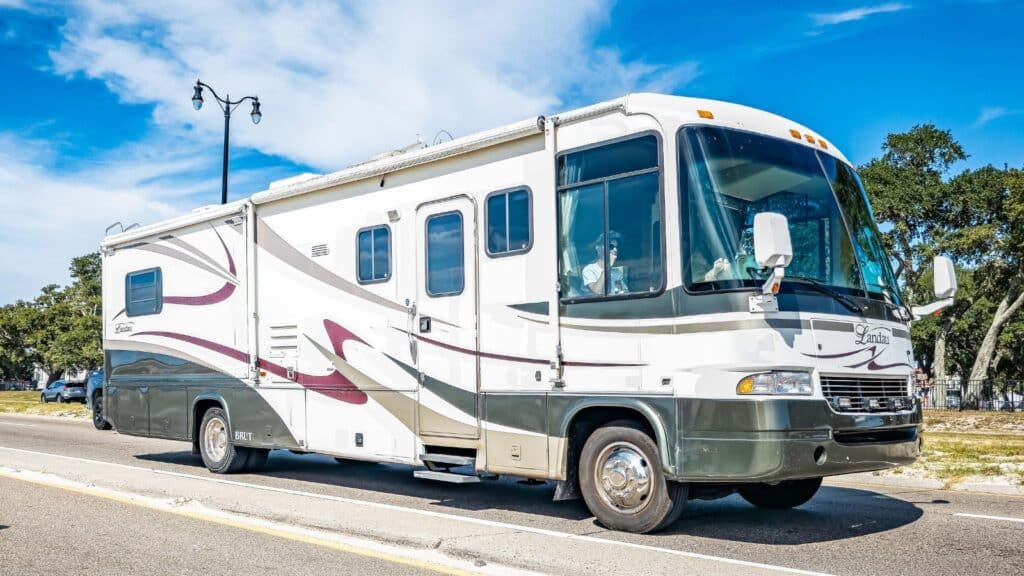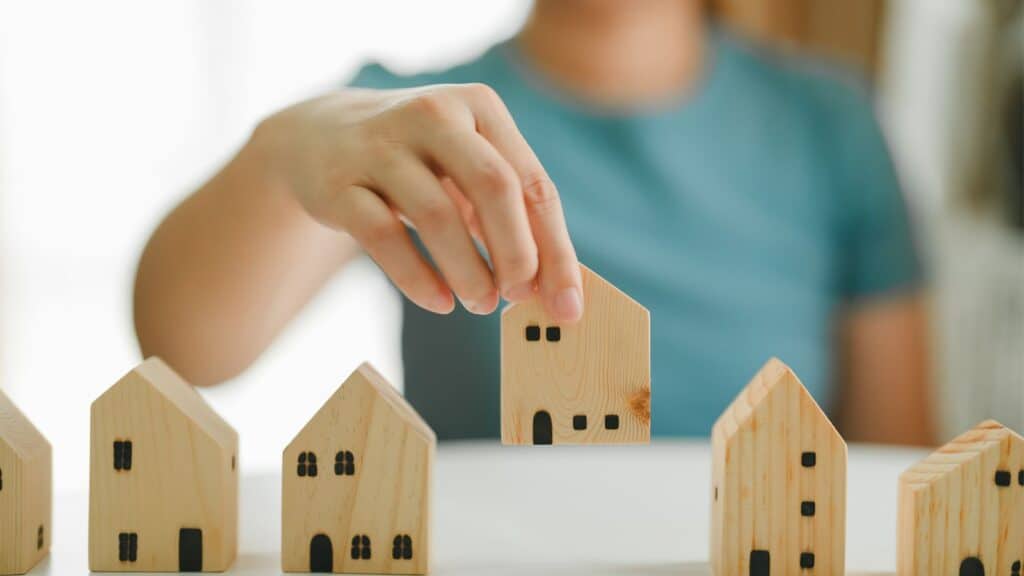High housing costs are forcing people to get creative about where they live. Some are looking for ways to escape debt and free up money for other needs. Others simply can’t afford traditional housing at today’s prices. Here are eleven extreme choices that show how far people are willing to go to keep a place to call home.
Downsizing to Tiny Homes

Tiny homes have gone from novelty to necessity for many buyers. They offer lower upfront costs and reduced utility bills. Owners often trade space for affordability and mobility. Communities built around tiny houses are growing across the U.S.
💸 Take Back Control of Your Finances in 2025 💸
Get Instant Access to our free mini course
5 DAYS TO A BETTER BUDGET
Living in RVs or Vans

Some households are hitting the road full-time to avoid high rents. RVs and vans provide mobility and lower monthly costs, though maintenance and fuel can add up. For remote workers, van life has become both a financial and lifestyle choice.
Renting Out Spare Rooms

Families are monetizing extra space to cover mortgage payments. Platforms like Airbnb and traditional rentals help generate steady income. It comes with sacrifices in privacy, but the trade-off can make the difference in keeping a home.
Moving in With Family

Multi-generational households are on the rise. Adult children are moving back in with parents, or parents are joining their kids. The setup helps everyone save, though it requires adjustments in lifestyle and boundaries.
Relocating to Cheaper States

High-cost states are losing residents to more affordable regions. Lower property taxes and cheaper housing markets drive many of these moves. For families struggling to keep up with rising costs, relocating offers a chance at stability and more breathing room.
Embracing Co-Living Arrangements

Shared housing setups with strangers are becoming more common. Co-living reduces costs while providing community and shared resources. These arrangements are especially popular in urban areas where rent is highest.
Buying Fixer-Uppers

Instead of new builds, some buyers are turning to homes in poor condition. They save on the purchase price but take on sweat equity through DIY repairs. While risky, it can result in long-term affordability.
Turning to Prefabricated Homes

Prefabricated or modular homes are cheaper to build and faster to set up. They provide a middle ground between tiny homes and traditional housing. The lower costs make them an attractive option for first-time buyers.
Living With Roommates Into Adulthood

Roommates are no longer just for college or early 20s. Many adults well into their 30s, 40s, and beyond share homes to save money. While not always ideal, it cuts rent and utility bills substantially.
House Hacking

House hacking means buying a property and renting out parts of it to cover the mortgage. Basements, garages, or additional units can bring in steady income while the owner lives on-site. More buyers are using this strategy to make housing costs easier to manage.
Relocating Abroad

Some Americans are moving overseas where housing and daily living are much cheaper. Countries in Latin America and parts of Europe offer lower costs of living and more affordable housing. While drastic, it has become a practical option for retirees and digital nomads.
The New Reality of Housing

Skyrocketing costs are forcing Americans to rethink traditional living arrangements. From tiny homes to co-living and even moving abroad, people are finding unconventional ways to stay housed without going broke. These strategies show the lengths families are willing to go to fight back against an increasingly unaffordable market.
13 Lifestyle Choices Financial Experts Secretly Detest

Money experts say your daily choices can have a bigger impact on your finances than you realize. Some habits might seem harmless but can slowly eat away at your savings or keep you living paycheck to paycheck. These are 13 lifestyle habits financial pros want you to quit to move forward. 13 Lifestyle Choices Financial Experts Secretly Detest



